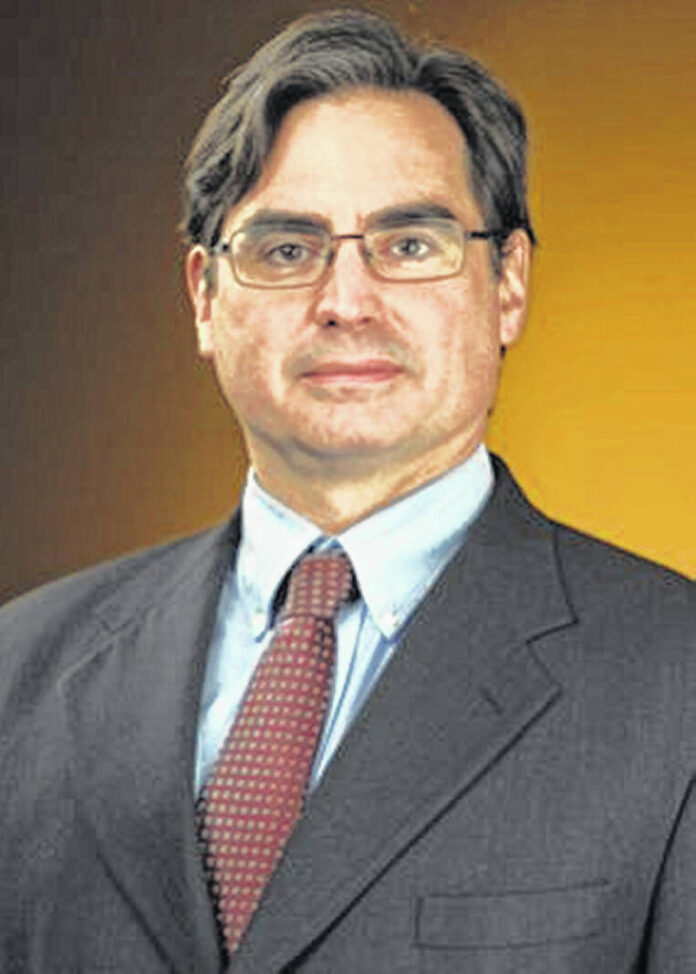Flip a quarter. Is there a recession or is there not a recession? There are numbers that support either opinion.
David McClough, PhD. Professor of Economics at the James F. Dicke College of Business Administration at Ohio Northern University, turned his macroeconomics students loose on the subject. They looked at various numbers to determine if we really are in a recession.
Morgan Stanley Chief Global Economist Seth Carpenter, said, “We are in the most chaotic, hard-to-predict macroeconomic time in decades.” Yet, of the students polled, two-thirds already believe that we are in a recession.
Some economists will tell you that individual opinions don’t matter, that we are not in a recession until the National Bureau of Economic Research says we are in a recession. The NBER’s traditional definition of a recession is that there is a significant decline in economic activity that is spread across the economy and that lasts more than a few months.
The real gross domestic product (GDP) has declined over the first two quarters of 2022, after increasing by an average of 5.3% over the previous five quarters. In the eyes of some economists and financial market participants, two consecutive quarters of negative real GDP growth is sufficient evidence to declare a recession. Persistent inflation, supply chain constraints, the continuing pandemic and war in Ukraine signal a significant slowdown in global GDP growth this year but not a worldwide recession.
In the 75-year history of quarterly estimates of real GDP growth, there has been only one episode when two consecutive quarters of negative real GDP growth was not associated with a recession episode: the second and third quarters of 1947. So, from a historical standpoint, two consecutive quarters of negative real GDP growth is a pretty consistent signal for dating recessions.
Some students felt that this was all that’s needed to declare a recession.
One-third of the ONU students, however, agree with the Fed Chairman Jerome Powell who says that we are heading toward a recession. In spite of his efforts to reduce inflation to a 2% level, we are not yet in a recession. The most common justification for voting that the economy is not in recession is the strength of the labor market. Forty percent of the students voting that the economy is not in recession noted the unemployment rate of 3.7% remains relatively low, especially as the labor force is expanding.
Inflation is a measure of purchasing power. It’s defined as the rate at which the prices of products and services change over a given period (usually a year). Simply put, when inflation rises, consumer spending declines because when prices go up, people can’t afford to buy as much.
“Without price stability, the economy does not work for anyone. In particular, without price stability, we will not achieve a sustained period of strong labor market conditions that benefit all,” Powell said. “The burdens of high inflation fall heaviest on those who are least able to bear them.”
So are we in a recession or not? It really doesn’t matter. Things are costing more and times are tougher.







